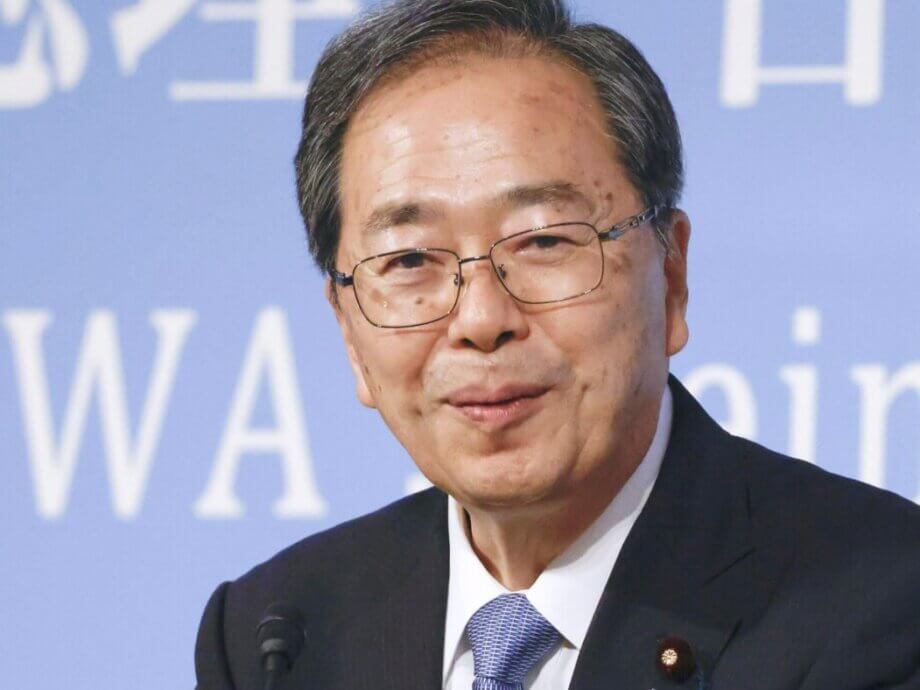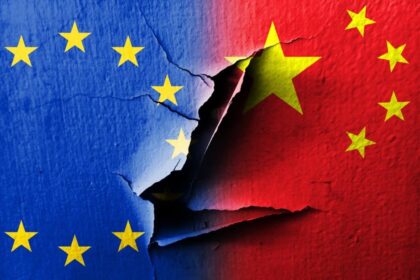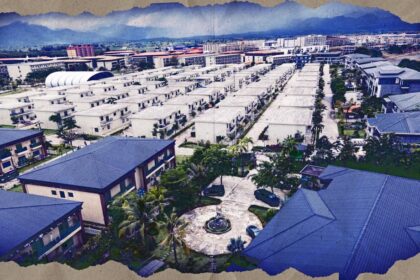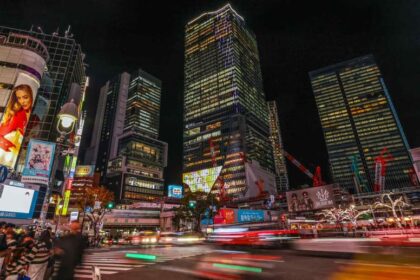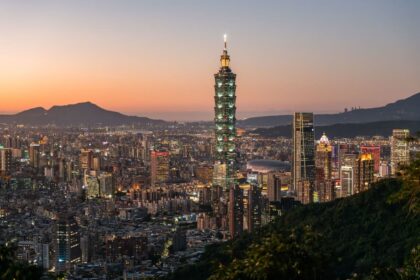Introduction: A Nation at a Crossroads
Japan stands at a pivotal moment as it approaches the July 20 Upper House election. The country faces a complex web of challenges: a shrinking and aging population, economic stagnation, and a political landscape shaken by scandal and shifting public sentiment. At the heart of the current political debate is the question of how Japan should address its labor shortages and demographic decline—should it open its doors wider to foreigners, or double down on national identity and restrict immigration? The answer is shaping not only the election, but the future of Japanese society itself.
- Introduction: A Nation at a Crossroads
- Prime Minister Ishiba’s Controversial Remarks and Political Pressures
- Immigration and the “Foreigner Issue”: A Divisive Flashpoint
- The Meteoric Rise of Sanseito: Populism and Nationalism in Modern Japan
- How Other Parties Are Responding: Policy Shifts and Political Calculations
- Economic Pressures and Public Sentiment: The Cost of Living Crisis
- The Stakes: Political Instability and the Future of Japanese Democracy
- Historical Context: Japan’s Relationship with Immigration and National Identity
- International Influences: Populism, Trumpism, and Global Trends
- In Summary
Prime Minister Ishiba’s Controversial Remarks and Political Pressures
Prime Minister Shigeru Ishiba, leader of the ruling Liberal Democratic Party (LDP), recently ignited controversy by describing the Japanese language and customs as “very tedious” in the context of helping foreigners assimilate. Speaking at a televised debate ahead of the election, Ishiba said:
“We want foreigners to properly learn the ‘very tedious’ Japanese language and customs—even at the expense of the Japanese government—and allow in only those who follow Japan’s laws.”
His comments, intended to highlight the challenges of integration and the need for selective immigration, were met with swift backlash. Veteran opposition lawmaker Ichiro Ozawa of the Constitutional Democratic Party of Japan (CDP) criticized Ishiba, stating:
“I cannot sense any reverence for the Japanese language, traditions or culture. These remarks will offend many citizens and are completely unbecoming of a prime minister.”
The incident has added to the mounting pressure on Ishiba, whose government is already reeling from a series of political setbacks, including a major defeat in last year’s snap lower house election and ongoing public frustration over the cost of living and political scandals.
Immigration and the “Foreigner Issue”: A Divisive Flashpoint
Immigration has become one of the most contentious issues in Japanese politics. According to a recent Weekly Fuji survey, 61% of respondents consider the “foreigner issue” the most important topic in the upcoming election, far outpacing concerns about tax cuts or government handouts. This reflects deep-seated anxieties about national security, cultural friction, and the perceived abuse of social systems by foreigners.
Japan’s demographic crisis is acute: the country’s birth rate has fallen to record lows, and its population is aging rapidly. With a shrinking workforce, the government has been under pressure to relax immigration policies to fill labor shortages. However, this pragmatic need clashes with a strong sense of national identity and a historical narrative of Japan as a “homogenous” and “island nation.”
Political parties are sharply divided on how to address these challenges:
- LDP and Allies: Advocate for “zero illegal immigrants,” stricter enforcement of immigration laws, and tighter controls on foreign land ownership and social program usage.
- Sanseito: A rising populist party, calls for a “Japan First” approach, curbing both immigration and foreign tourism, and banning foreign ownership of Japanese land.
- CDP and Japanese Communist Party: Support multicultural coexistence and propose new laws to promote integration and respect between locals and foreigners.
In places like Kawaguchi City, Saitama, tensions between local residents and foreign communities, such as Kurdish migrants, have become flashpoints, illustrating the real-world complexities behind the political rhetoric.
The Meteoric Rise of Sanseito: Populism and Nationalism in Modern Japan
Perhaps the most striking development in this election cycle is the rapid ascent of Sanseito, a right-wing populist party founded in 2020. Led by Sohei Kamiya, Sanseito has tapped into public frustration over economic malaise, over-tourism, and the perception that foreigners receive “preferential treatment.” The party’s platform includes:
- Restricting immigration and foreign tourism
- Banning foreign ownership of Japanese land and real estate
- Rewriting the postwar Constitution to emphasize Japanese sovereignty
- Promoting traditional culture and food self-sufficiency
Sanseito’s appeal is especially strong among younger Japanese, who have been drawn in by the party’s savvy use of social media and its anti-establishment messaging. At party gatherings, supporters discuss reviving wartime slogans and propose constitutional changes to enshrine the idea that “Japan belongs to the Japanese people.”
One 18-year-old university student from Nara Prefecture explained his support for Sanseito:
“Japanese people are struggling, but they are giving money away to foreign countries and giving excessive preferential treatment to foreigners.”
Sanseito’s leader, Sohei Kamiya, has been compared to a pop idol for his charismatic stage presence and emotional speeches. The party’s YouTube channel is the most-followed among Japanese political parties, reflecting its success in mobilizing a new generation of voters.
How Other Parties Are Responding: Policy Shifts and Political Calculations
The rise of Sanseito and the salience of the “foreigner issue” have forced more established parties to adjust their platforms. The LDP, traditionally cautious on immigration, has toughened its rhetoric, pledging to crack down on illegal immigrants and foreigners who fail to pay taxes or social insurance. Some in the party’s hawkish wing have even called for abolishing duty-free shopping for tourists.
Other parties, such as the Japan Innovation Party (Ishin) and the Democratic Party for the People (DPP), have also advocated for stricter controls on foreign land ownership and tighter enforcement of visa rules. However, after facing accusations of xenophobia, some have softened their language, emphasizing the need for “orderly” integration rather than outright exclusion.
In contrast, the CDP and Japanese Communist Party have positioned themselves as champions of multiculturalism, calling for new laws to promote coexistence and respect between Japanese and foreign residents. CDP leader Yoshihiko Noda has argued that welcoming more foreigners is essential to address Japan’s labor shortages and sustain its economy.
Economic Pressures and Public Sentiment: The Cost of Living Crisis
While immigration dominates the headlines, the underlying driver of public discontent is economic. Japan’s economy has struggled with stagnation, rising prices, and a series of shocks, including a recent “rice panic” that saw staple food prices double before emergency reserves were released. The yen’s decline and global trade tensions, particularly with the United States, have further strained household budgets.
Public frustration is palpable. Many Japanese feel that government handouts, such as Ishiba’s proposed “20 yen per citizen” initiative, are out of touch with the real needs of ordinary people. Instead, voters are demanding fundamental reforms to address inflation, wage stagnation, and the sustainability of social security systems.
As one resident of Kagawa Prefecture put it:
“People in regional areas are reliant on cars, and the soaring gasoline prices are being felt particularly hard.”
Others have called for greater transparency in political funding and a crackdown on corruption, following a series of scandals that have eroded trust in the ruling party.
The Stakes: Political Instability and the Future of Japanese Democracy
The July 20 Upper House election is more than a routine political contest—it is a test of the Ishiba government’s survival and a referendum on Japan’s direction. The LDP and its coalition partner Komeito must win at least 50 of the 125 seats up for grabs to retain a majority in the 248-seat chamber. Failure to do so could trigger a political stalemate or even force Ishiba to resign, given his already precarious position as the head of a minority government.
The opposition is fragmented, with the CDP, DPP, and Sanseito all vying for influence. While the election is unlikely to immediately unseat the government, it could set the stage for future realignments and the further rise of populist forces.
Political analysts warn that the seeds of anti-globalization and isolationism are being sown, with potential long-term consequences for Japan’s economy, society, and international standing. The debate over immigration and national identity is not just about policy—it is about what kind of country Japan wants to be in the 21st century.
Historical Context: Japan’s Relationship with Immigration and National Identity
Japan’s ambivalence toward immigration is rooted in its history. For centuries, the country pursued a policy of self-imposed isolation (sakoku), limiting contact with the outside world. Even after opening up in the late 19th century, Japan has maintained strict controls on immigration and has prided itself on cultural homogeneity.
This legacy shapes contemporary attitudes. Only 17.5% of Japanese citizens hold passports, and many are taught from a young age that Japan is unique and must be protected from outside influences. These beliefs have been reinforced by economic anxieties and the visible impact of globalization, from foreign investment in real estate to the influx of tourists in major cities.
Yet, as Japan’s population declines and its economy faces new challenges, the need for foreign workers and greater openness is becoming increasingly apparent. The current political debate reflects a society grappling with the tension between tradition and change.
International Influences: Populism, Trumpism, and Global Trends
The rise of Sanseito and the “Japan First” rhetoric echo broader global trends. Party leader Sohei Kamiya has explicitly cited the example of Donald Trump’s “Make America Great Again” movement, arguing that Japan must defend its national interests in a changing world. This message resonates with voters who feel left behind by globalization and are wary of foreign influence.
At the same time, Japan’s political establishment is under pressure from international partners, particularly the United States, to open its markets and play a more active role in global affairs. Trade tensions, defense spending, and the status of U.S. military bases in Japan are all sources of friction and debate.
How Japan navigates these cross-currents will have implications not only for its own future, but for the broader region and the global order.
In Summary
- Prime Minister Shigeru Ishiba’s remarks on Japanese language and customs have sparked controversy and highlighted deep divisions over immigration and national identity.
- Immigration is the top issue for voters in the July 20 Upper House election, reflecting anxieties about security, culture, and economic stability.
- The populist Sanseito party has rapidly gained support, especially among younger voters, by promoting a “Japan First” agenda and leveraging social media.
- Established parties have toughened their stance on immigration, while opposition groups remain fragmented on how to address the issue.
- Economic pressures, including rising prices and wage stagnation, are fueling public frustration and shaping the political debate.
- The outcome of the election will determine the stability of the Ishiba government and could set the stage for further political realignment and the rise of populist forces.
- Japan’s struggle with immigration and national identity reflects broader global trends and will shape its role in the 21st century.


